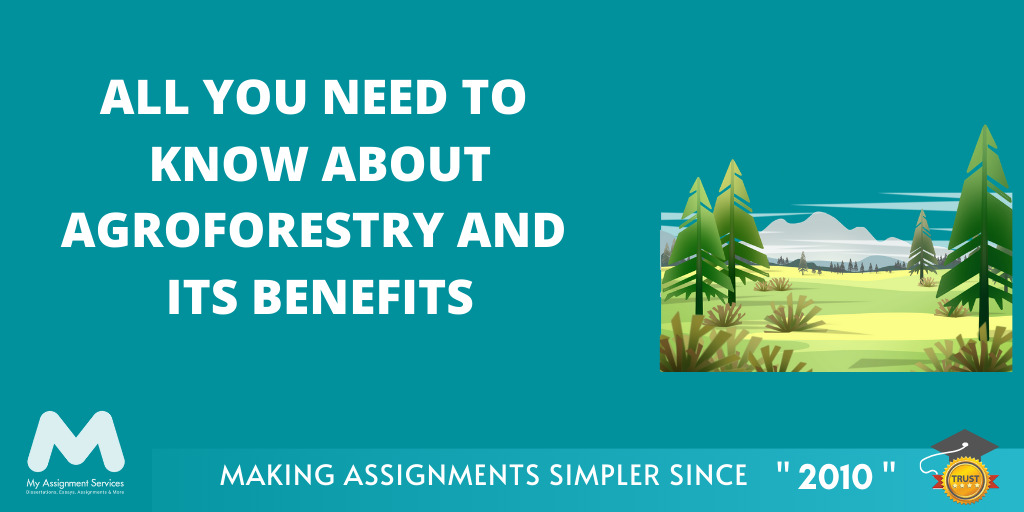
As per Wojtkowski, agroforestry has its base in ecology or agroecology which has numerous applications like that of better carbon cycling and improved nutrient, biodiverse habitats, water retention in soils, safeguarding the soils from wind and water erosion, and prevention from pests. With this, agroforestry becomes one of the three main agricultural land-use sciences.
Agroforestry has its roots from ancient times, but its benefits have recently got the needed acknowledgement. From the past and in continuation, planting of trees in between crops ensures sustainable intensification, and this benefits the yields of crops while advancing the environment.
A Brief History of Agroforestry
In J. Russell Smith’s book in the early 20th-century Agroforestry was first outlined. Smith saw tree-based perpetual horticulture as an answer for the ruinous disintegration that regularly followed the development of slanting grounds. Notwithstanding, his commitments were generally disregarded during the green transformation of the 1960s and the ensuing and comprehensive cultivating frameworks research improvement approach of the mid-1970s that looked for practical rural other options.
How Agroforestry Affects Biodiversity?
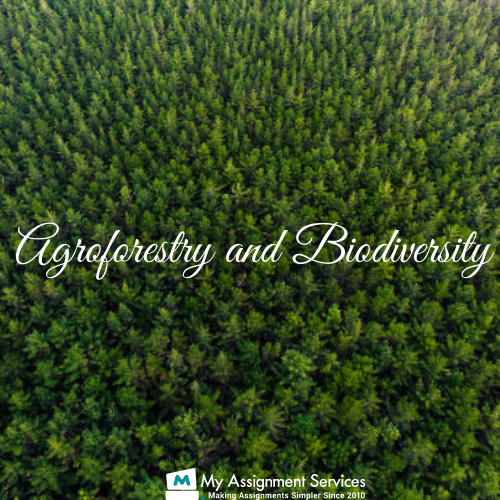
Biodiversity in agroforestry frameworks is commonly higher than in customary horticultural frameworks. At least two cooperating plant species in a given region make more mind-boggling natural surroundings that can uphold a more extensive assortment of fauna. Agroforestry is significant for biodiversity for various reasons. It gives a more different environment than a customary agrarian framework where the tree part makes biological specialities for a broad scope of life forms both above and underground.
The existence cycles and evolved ways of life-related with this expansion starts an agroecological progression that makes useful agroecosystems that give manageability. And, agrosystems is one such topic for which students prefer choosing Agroforestry Assignment Help for completing their assignments.
Tropical bat and winged animal variety, for example, can be compared to the array in regular forests. Although agroforestry frameworks don't give the same number of floristic species as woodlands and don't show a similar shade stature, they do offer food and settling prospects. A further commitment to biodiversity is that the germplasm of vulnerable species can be preserved. As agroforests have no familiar clear territories, natural surroundings are more uniform. Moreover, agroforests can fill in as passageways between environments. Agroforestry can assist with preserving biodiversity affecting other environmental administrations.
The Mixed Bag of Benefits of Agroforestry
Versatile and manageable food creation
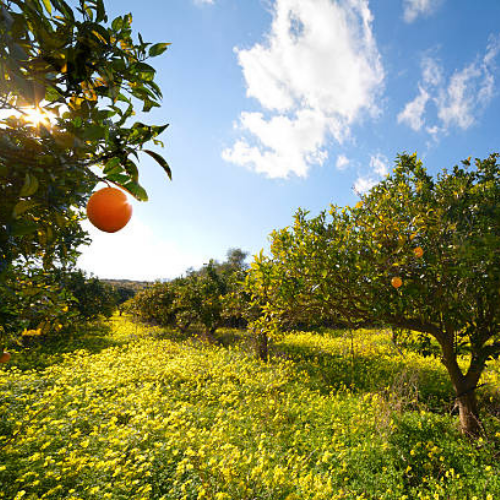
Agroforestry mirrors regular environments unmistakably more intently than monocultures do, where one single yield is developed over enormous territories of land. It works by letting distinctive organic frameworks collaborate and thrive. This can prompt an ascent in profitability, as trees and plants discover approaches to connect and uphold each other cooperatively. The entirety of this can effectively improve conditions for plants, animals, and untamed life the same.
Initially, planting trees between crops decreases soil disintegration – their foundations tie the dirt set up with the goal that it doesn't wash inundated during a hefty downpour or solid breeze, which can, in any case, cause enormous issues for ranchers. They likewise take up water, forestalling water contamination from arriving at our lakes and streams.
Expanded efficiency
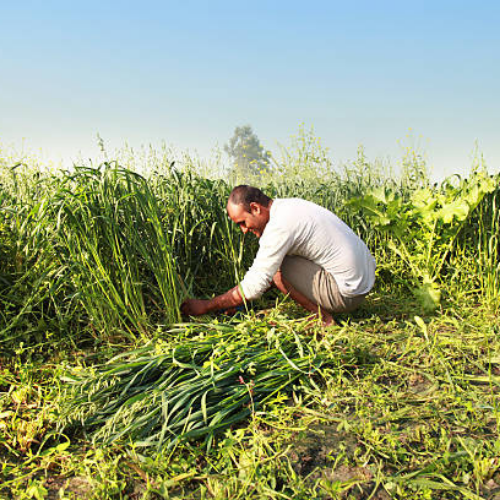
Trees add yield that gives the rancher security against helpless harvests. Organic products, nuts, or wood can turn out an elective revenue stream if the primary crop fails because of unfortunate conditions, for example, wet summers or mellow winters. Diversified editing through agroforestry can uphold ranch organisations to work consistently and maintain a strategic distance from the pinnacles and box of occasional requests and in this manner giving a wellspring of all year pay.
More space for natural life
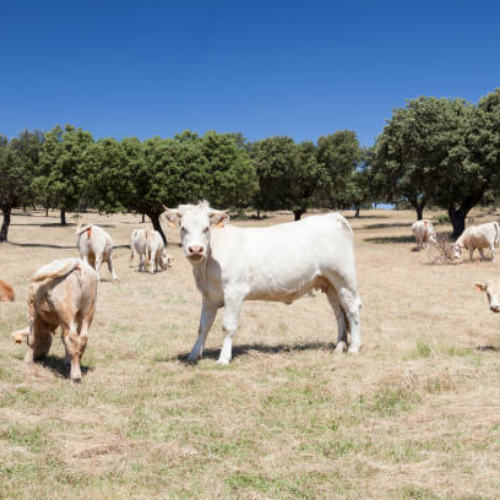
On the off chance that farmers can get a similar yield out of a more modest field through agroforestry, the remainder of the space could be utilised to plant additional trees and hedgerows to house natural life. In certain preliminaries, these different environments have even assisted with bug control, since they go about as a home for "cordial hunters", who battle a portion of the bugs that would make some way or another eat or decimate crops. Agroforestry scenes likewise give a lot of hallways to natural life to move between territories: significant with regards to searching and reproducing.
Better for the planet
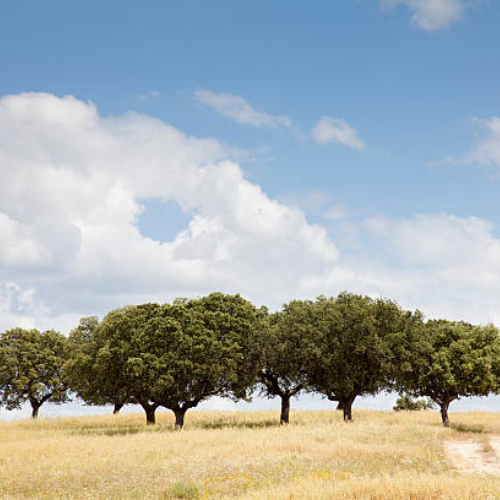
If we are to take care of a total developing populace, we have to consider sharp arrangements that can convey food from practical and versatile sources. This will turn out to be particularly significant later on, when environmental change may adjust climate examples and make developing conditions less unsurprising.
The primary concern we have to do to battle environmental change is to cut ozone harming substance discharges. Trees are an extraordinary method to accomplish this since they take carbon from the climate and store it securely somewhere down in the dirt. They additionally cycle supplements that feed different plants, creatures, and parasites, who proceed to support the ground further. Furthermore, good soils can store unquestionably more carbon than debased soils. Healthy soils can likewise diminish our reliance on synthetic composts, since they as of now contain all the supplements ranchers require, and can renew themselves usually.
Agroforestry as a Key to Adaptation of Climate Change
Agroforestry can essentially add to climate change moderation alongside transformation benefits, and here are a few studies that are included in assignments delivered by the Agroforestry Assignment Help experts.
- A contextual investigation in Kenya found that the reception of agroforestry drove carbon stockpiling and expanded jobs all the while among little scope ranchers. For this situation, keeping up the variety of tree species, particularly land use and ranch size are significant components.
- An examination found from a review of more than 700 families in East Africa that in any event half of those families had started planting trees in a change from prior practices. The trees were planted with natural products, tea, espresso, oil, feed, and therapeutic items notwithstanding their typical reap. Agroforestry was one of the farthest and comprehensive transformation techniques, alongside the utilisation, of improved yield assortments and intercropping.
Let’s Have a Look at the Applications of Agroforestry
Shade Crops

With shade applications, crops are intentionally raised under tree coverings inside the obscure climate. The understory crops are shade lenient or the overstory trees have genuinely open shades. A prominent model is a utilise ofutilisedcoffee that is shade-grown.
Systems of crop-over-tree
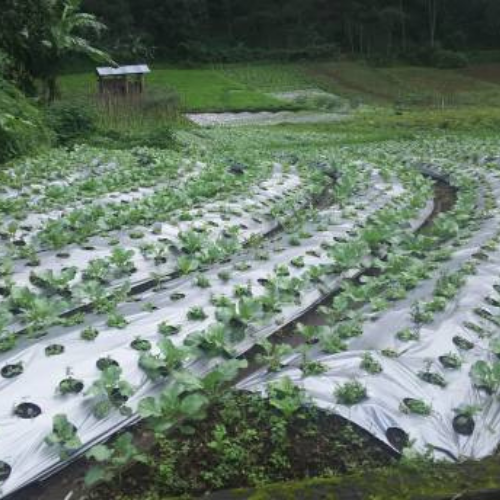
Crop over-tree frameworks utilize woody perennials in the function of a cover crop. For this, little bushes or trees pruned to approach ground level are used. The design is to increment in-soil supplements or potentially to lessen soil disintegration.
Taungya
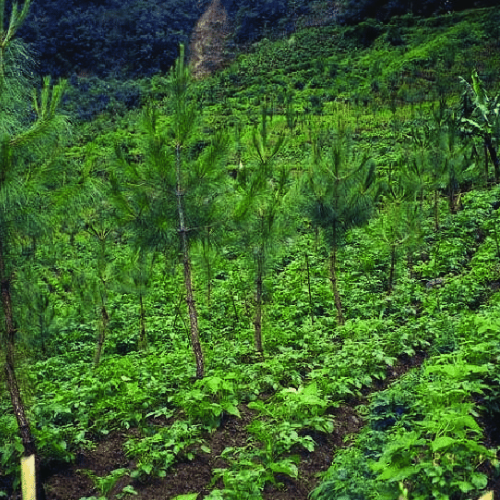
Taungya is a framework beginning in Burma. In the underlying phases of a plantation or tree estate, trees are little and broadly separated. There is a more intricate use between-tree space for numerous yields. The harvests become more shade open-minded as the tree coverings develop and the measure of daylight arriving at the ground decays. Diminishing can keep up daylight levels.
Strip and Alley Cropping
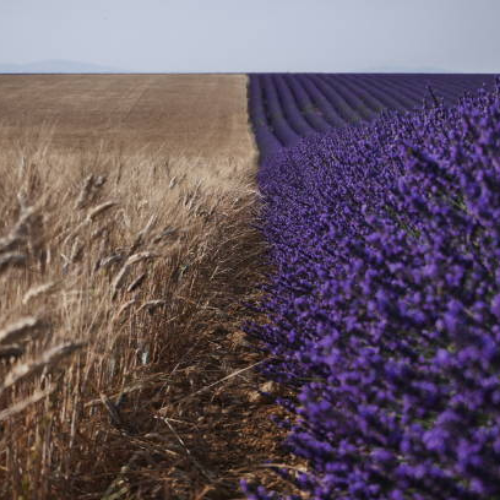
Alley cropping can likewise be utilised in mild climates. Strip cropping is like alley cropping in that trees substitute with crops. The thing that matters is that, with alley cropping, the trees are in a single line. With strip cropping, the trees or bushes are planted in wide strips. The reason can be, likewise with alley cropping, to give supplements, in leaf structure, to the harvest. With strip cropping, the trees can have a merely gainful job, providing natural products, nuts, and so on while, simultaneously, shielding close by crops from soil disintegration and hurtful breezes.
Related Study Materials
Our Experts can answer your Assignment questions instantly.
Ask Question0 Comment
Get It Done! Today
1,212,718Orders
4.9/5Rating
5,063Experts













Loved reading this Blog? Share your valuable thoughts in the comment section.
Add comment